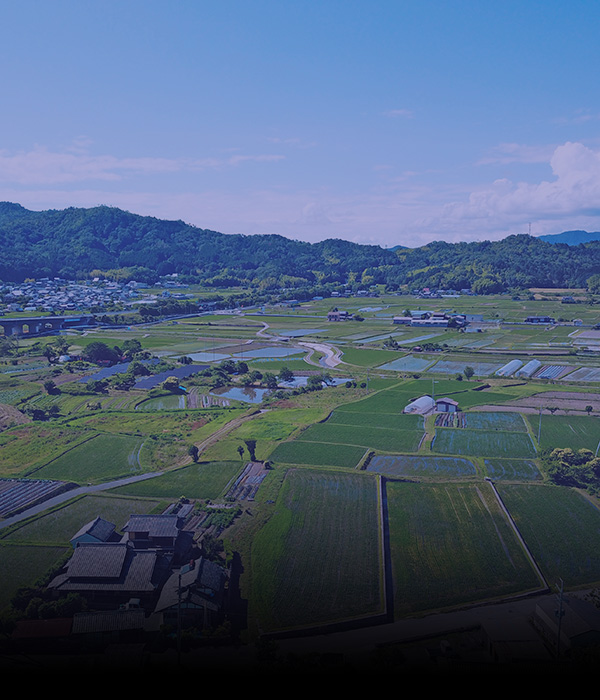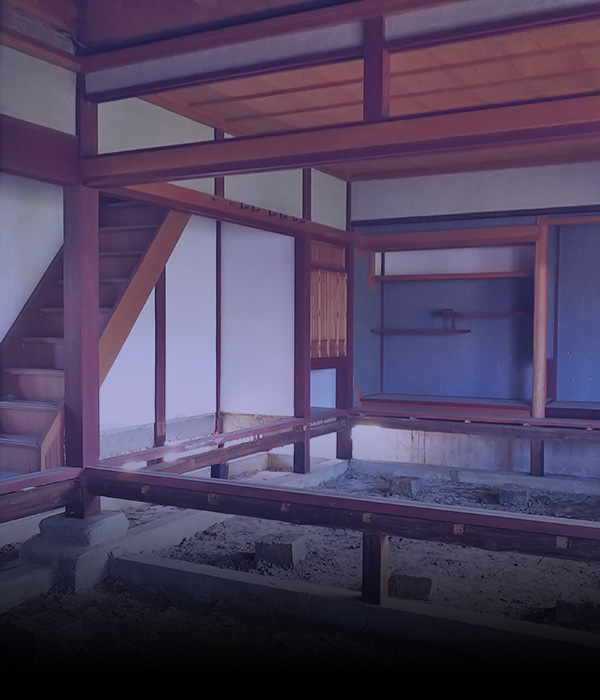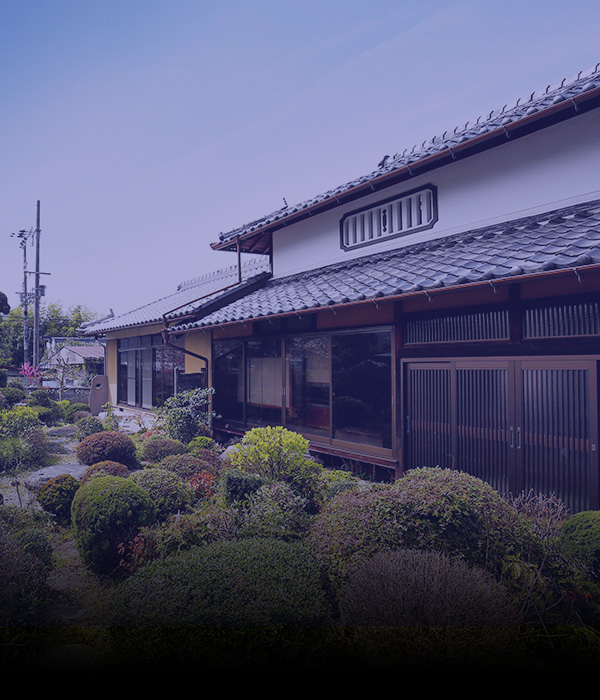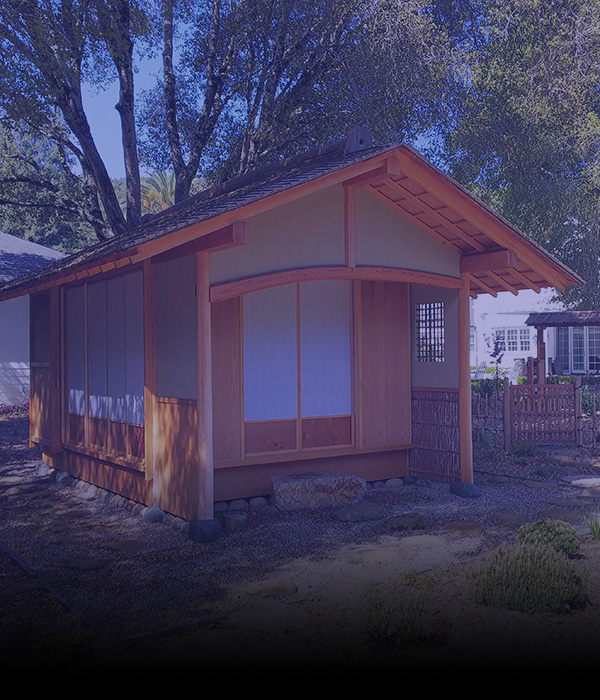ABOUT KOMINKA
Over 100 Years of History
Rare "Kominka" with High Cultural Value in Japan
Kominka are old wooden traditional houses built approximately 100 years ago in a traditional Japanese architectural style using timeless building techniques and natural materials.The method of wood joinery structure of the central pillar and the thick beams does not use nails; instead the joints are crafted to naturally fit or “join” together naturally with craftsmanship designed to withstand the passage of time for hundreds of years if it is well-maintained.
Kominka recreates various traditional lifestyles from more than 100 years ago, with such structures as farmhouses, samurai residences, merchants’ homes, and residences of wealthy families.
The Charm of Traditional Japanese Buildings, "Kominka," Proudly Preserved by Japan
The allure of Kominka lies in its "beauty" and the "seasonal living" unique to Japan.Thick and impressive beams across the ceiling, ornate sliding doors adorned with ink paintings and kanji characters, intricately carved transoms?every corner of Kominka's interior showcases traditional Japanese aesthetics.
In spring, people enjoy cherry blossoms in the garden, while in summer, they cool off on the open veranda. In autumn, they open sliding doors to admire the fall foliage through the windows, and in winter, they warm themselves by the hearth or wood stove while gazing at the snowy landscape outside?a life that has harmonized with the natural environment, experiencing the good old Japanese way of living.
Kominka, built with traditional Japanese techniques, also serves as valuable cultural heritage. However, due to the increase in modern buildings in recent years, Kominka faces demolition and has become a highly scarce commodity.
<First Unique Feature>
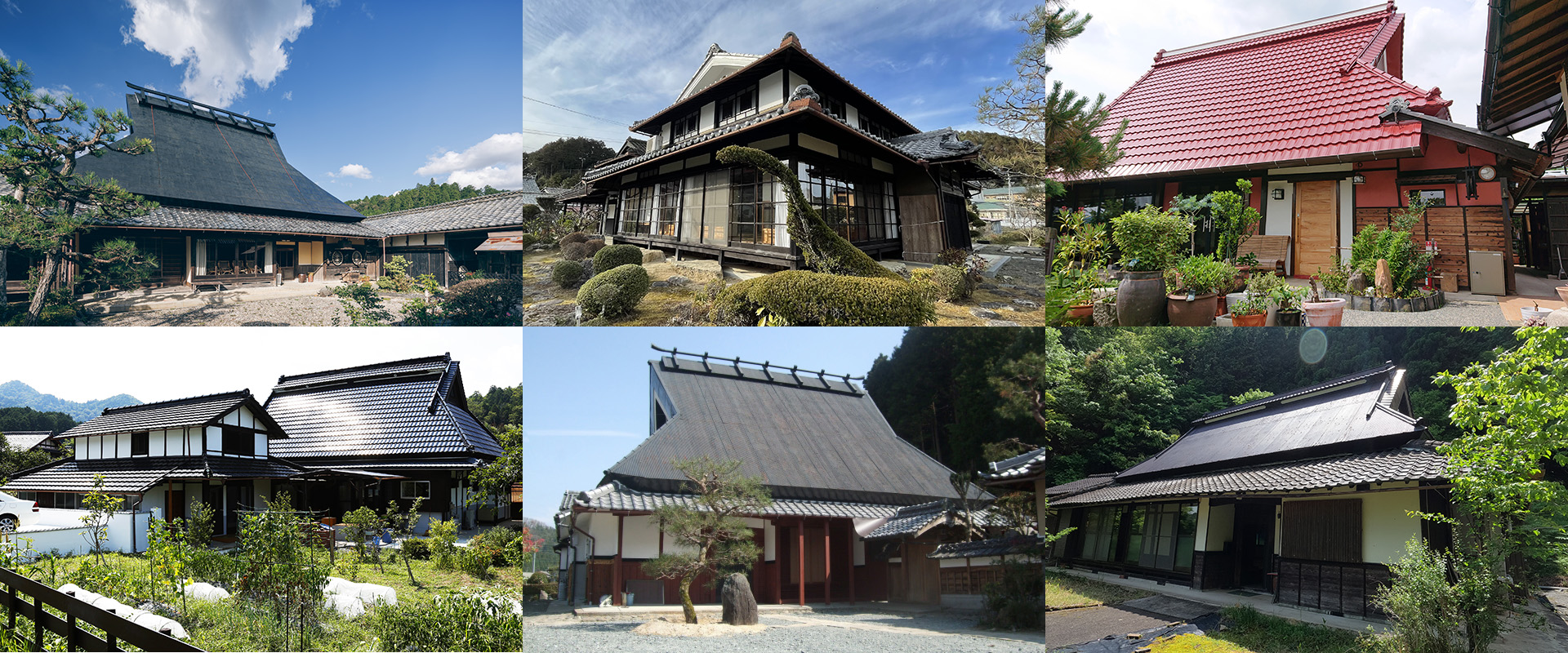
Traditional Exterior
A Kominka is a wooden traditional architectural structure built more than 100 years ago.
<Second Unique Feature>
Additionally, in the "fusuma," which serves as a partition in Japanese-style rooms, you may find paintings or characters, and there are "ranma" wooden latticework carvings, between rooms, allowing you to feel the beauty of Japanese culture everywhere.
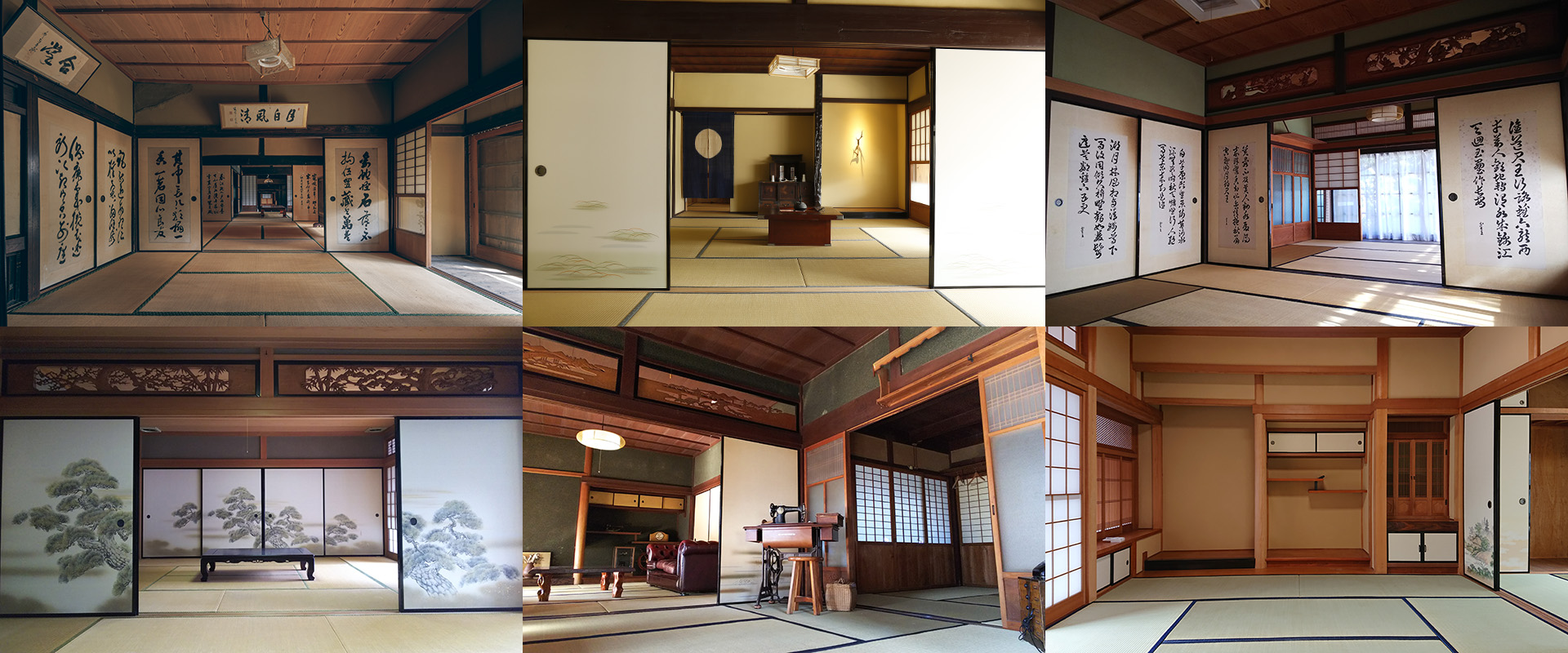
Japanese Tatami Room
The use of tatami provides a feeling of being surrounded by traditional atmosphere of Japanese culture.Additionally, in the "fusuma," which serves as a partition in Japanese-style rooms, you may find paintings or characters, and there are "ranma" wooden latticework carvings, between rooms, allowing you to feel the beauty of Japanese culture everywhere.

<Third Unique Feature>
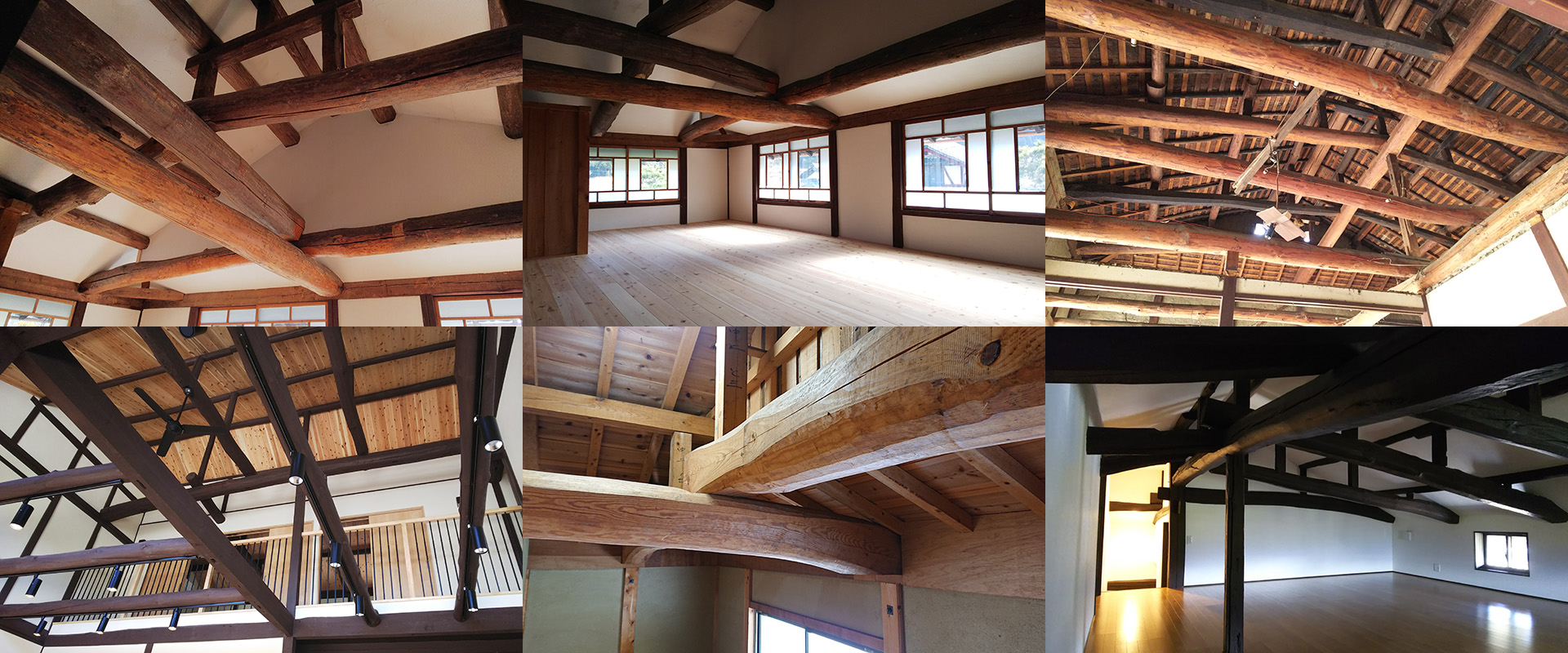
"Hari" -Wooden Beam
The ceiling of a 100-year old Kominka has a large, thick “hari” in the ceiling. They create a splendid appearance and atmosphere in Japanese architecture.
<Fourth Unique Feature>
For instance, indoors, you'll find wooden furniture, folding screens with Japanese paintings, ornaments like vases and small pedestals, and in the garden, antique items such as stone lanterns?each possessing significant intrinsic value.
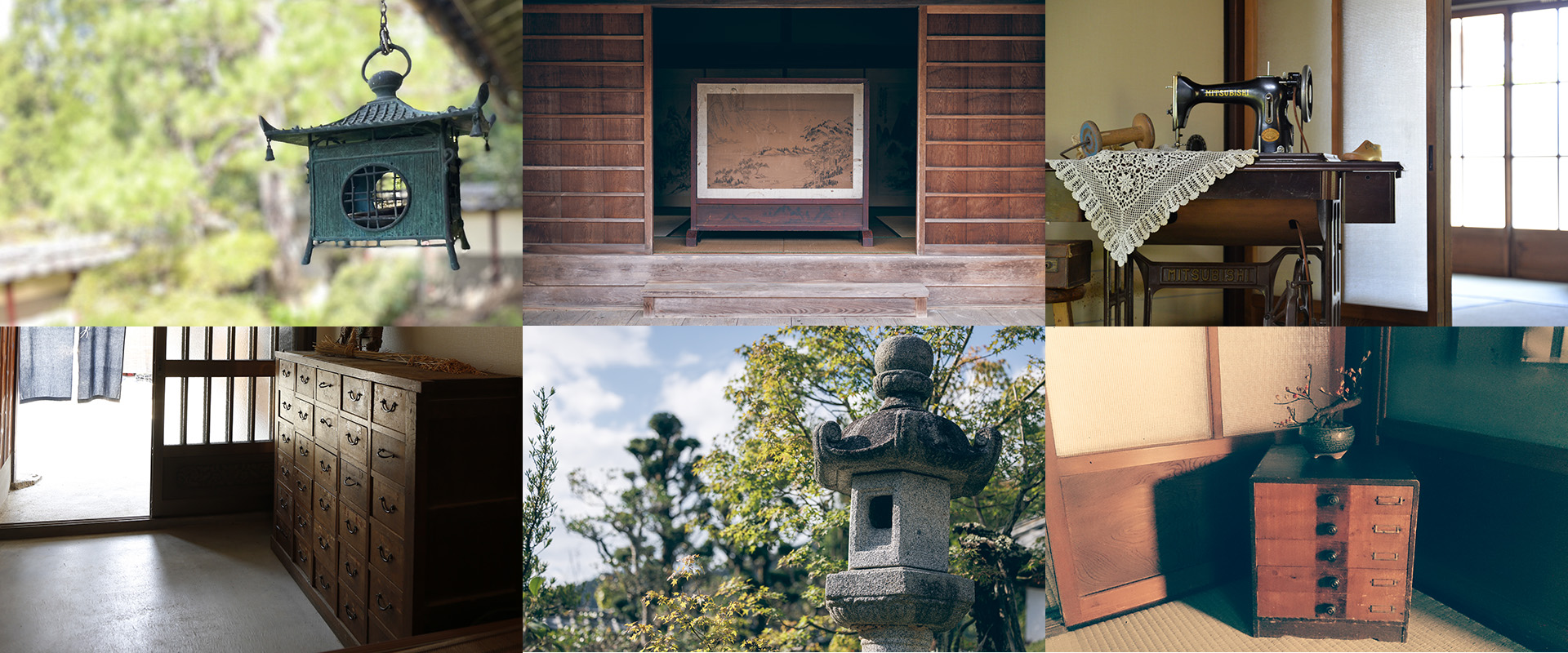
Antique tools and furniture for a refined decor
Living with a decor filled with genuine furnishings and decorations from more than 100 years.For instance, indoors, you'll find wooden furniture, folding screens with Japanese paintings, ornaments like vases and small pedestals, and in the garden, antique items such as stone lanterns?each possessing significant intrinsic value.

<Fifth Unique Feature>
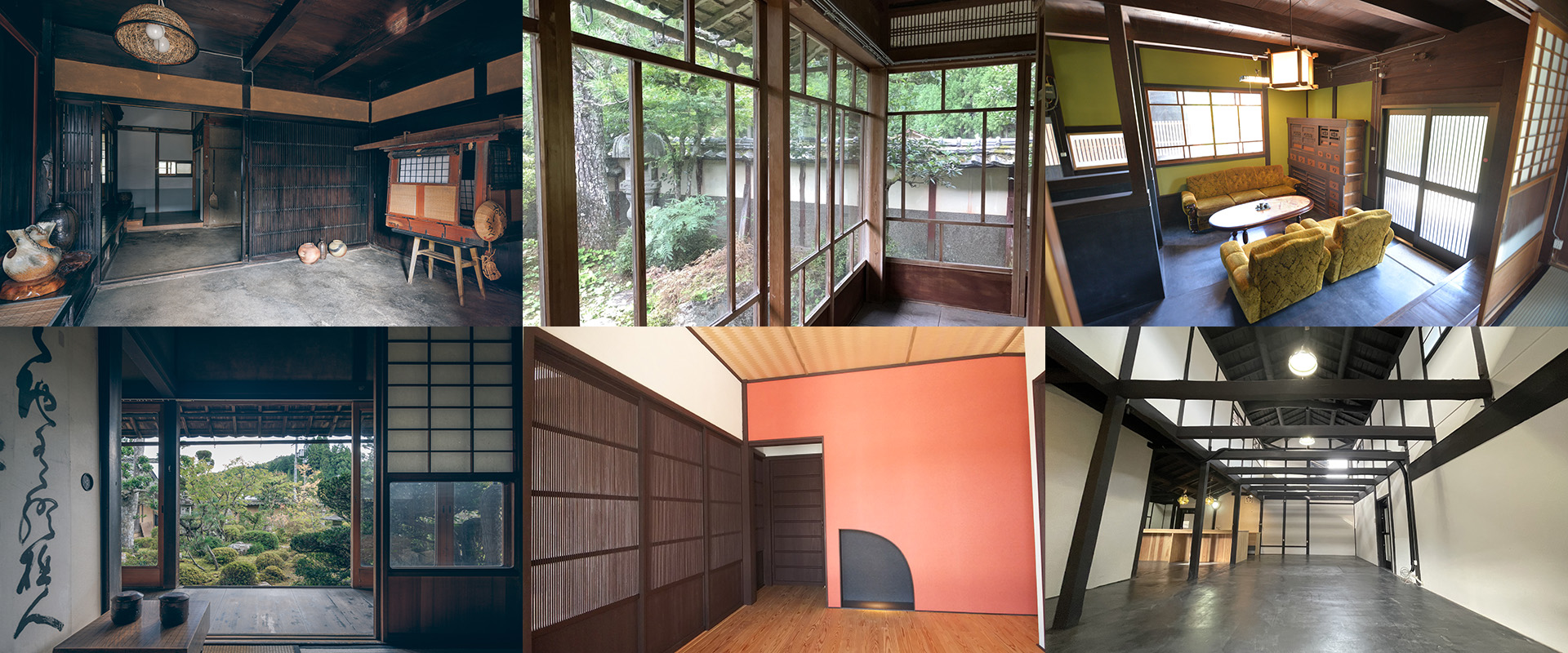
Elegant Rooms
The elegant simplicity of rooms in a Kominka engage people's hearts and minds.
<Sixth Unique Feature>
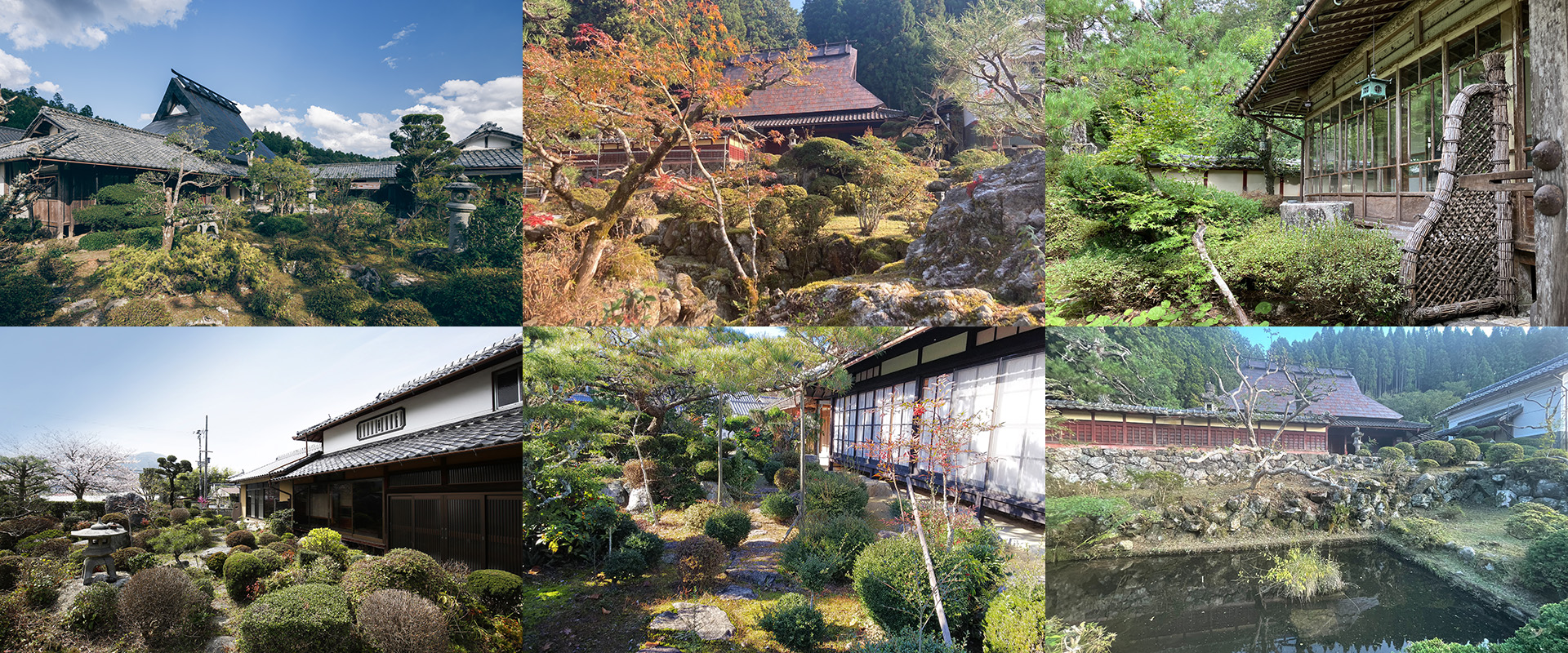
Japanese Gardens
Kominka comes with beautiful Japanese gardens, featuring well-arranged plantings, stone lanterns as accents, ponds with swimming carps, and elements like "shishi-odoshi" that use flowing water to create soothing sounds. You can enjoy various flowers each season, such as cherry blossoms in spring, autumn leaves in fall, and camellias in winter.
<Seventh Unique Feature>
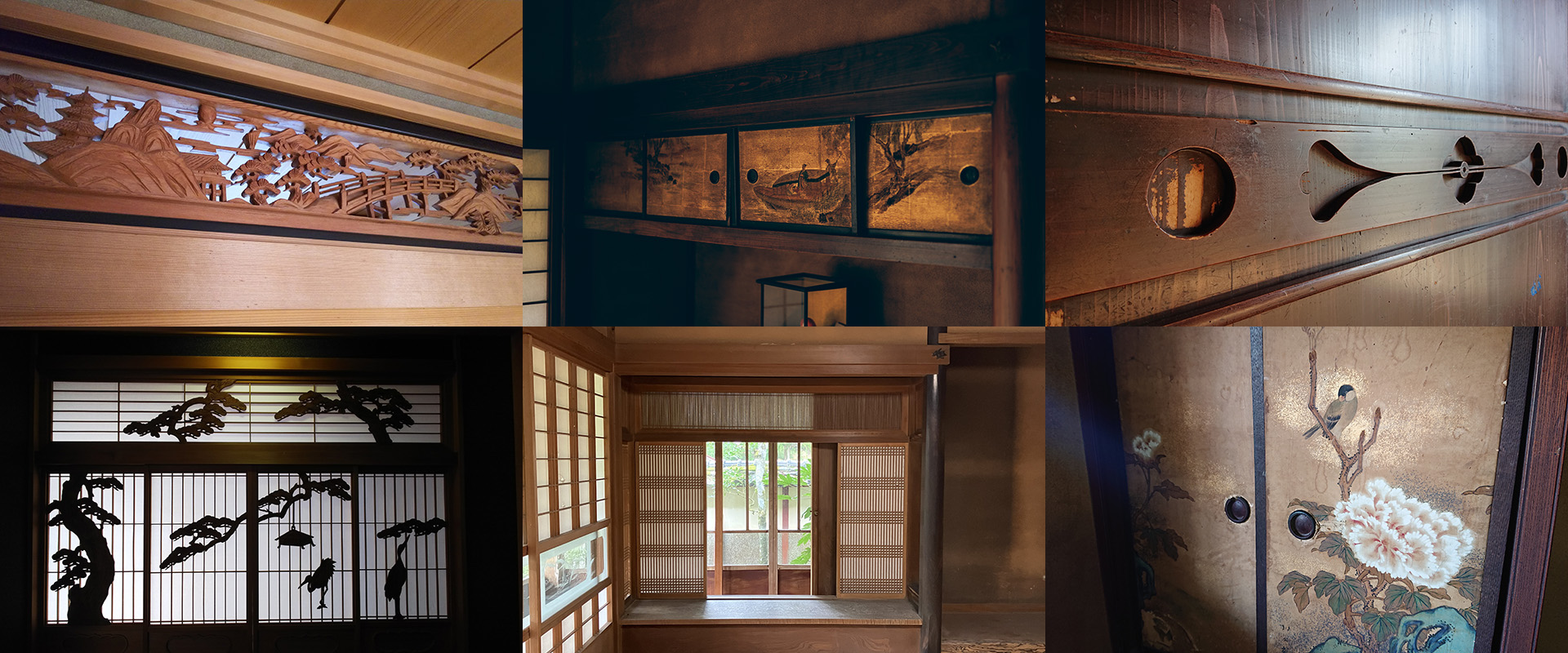
Antique Fixtures
Traditional Japanese craftsmanship is present in various fixtures throughout Kominka's rooms. Paintings on sliding doors, "yukimi-shoji" (frosted windows for viewing snow), carved wooden fixtures, intricate handles on fusuma?all these details showcase elaborate craftsmanship.
<Eighth Unique Feature>
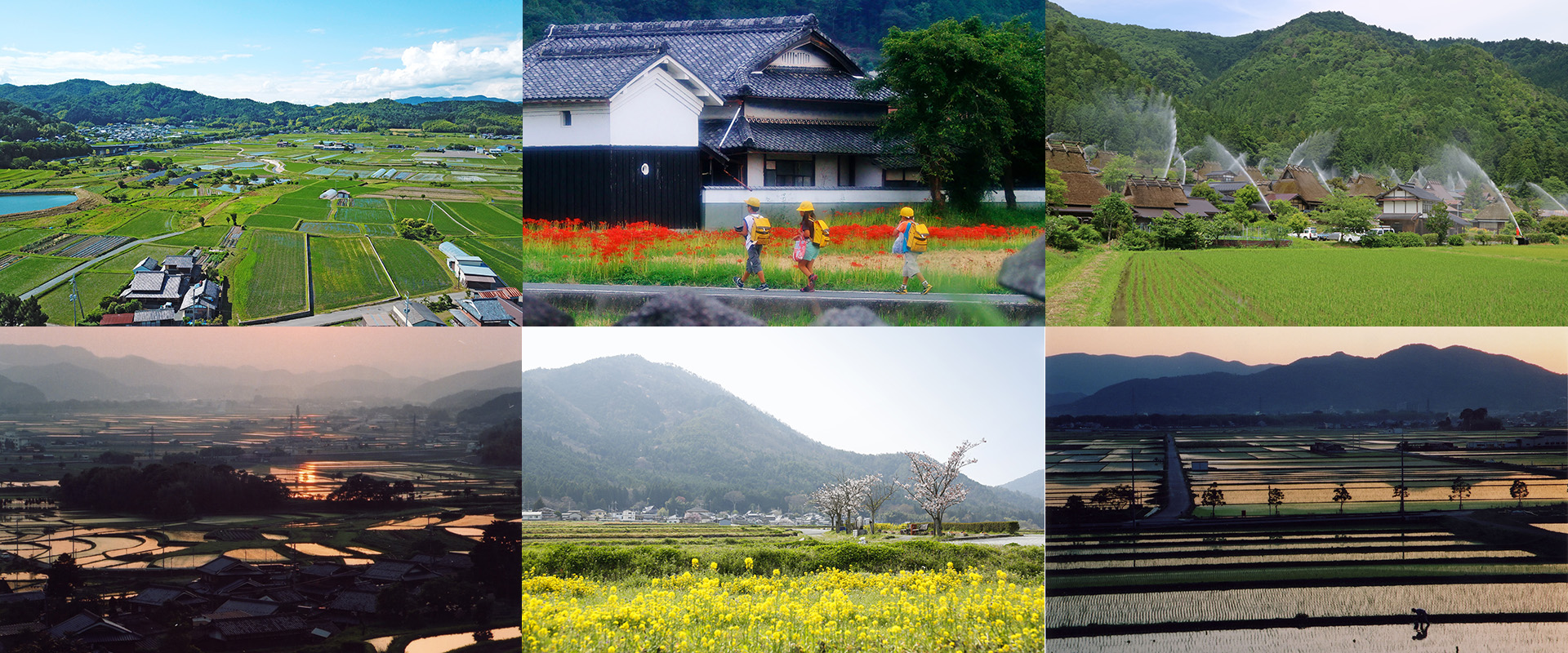
Peaceful and Pastoral Landscape
Many Kominka are found in rural regions like Kameoka and Nantan that have retained the simplicity of country living. Nowadays living in natural surroundings has attracted a great deal of attention for a variety of reasons.
To preserve the beautiful Japanese culture for future generations...
"Kominka" refers to historical buildings constructed during the Edo, Meiji, Taisho, and Showa periods. In countries like Europe, there is a culture of renovating and living in such old houses while modernizing the interiors. Unfortunately, in Japan, lifestyle and housing styles have significantly changed, leading to the dismantling and loss of historical architectural structures known as "Kominka."Our company aims to preserve the beautiful Japanese culture of "Kominka" for future generations. We believe that it's essential to disseminate information not only within Japan but also internationally.
For more details, please refer to our company's philosophy page.
Our Kominka Business
Located in Kyoto, Japan, our company primarily focuses on businesses related to "Kominka" and provides the following services.With over 30 years of expertise since our establishment in 1990, we take pride in being the number one in the region in handling Kominka.
We sell Kominka in Japan for use as vacation homes or for relocation purposes.
We have traditional Japanese craftsmen who specialize in revitalizing aging traditional houses. Custom renovations tailored to your preferences are also possible.
For those who purchase a Kominka in Japan for use as a vacation home, we manage it as an income property while it is not in use, operating it as a guesthouse, among other options.
We dismantle old private houses, transport the materials overseas, and reassemble them on-site. You can enjoy living in a Kominka in your country.


